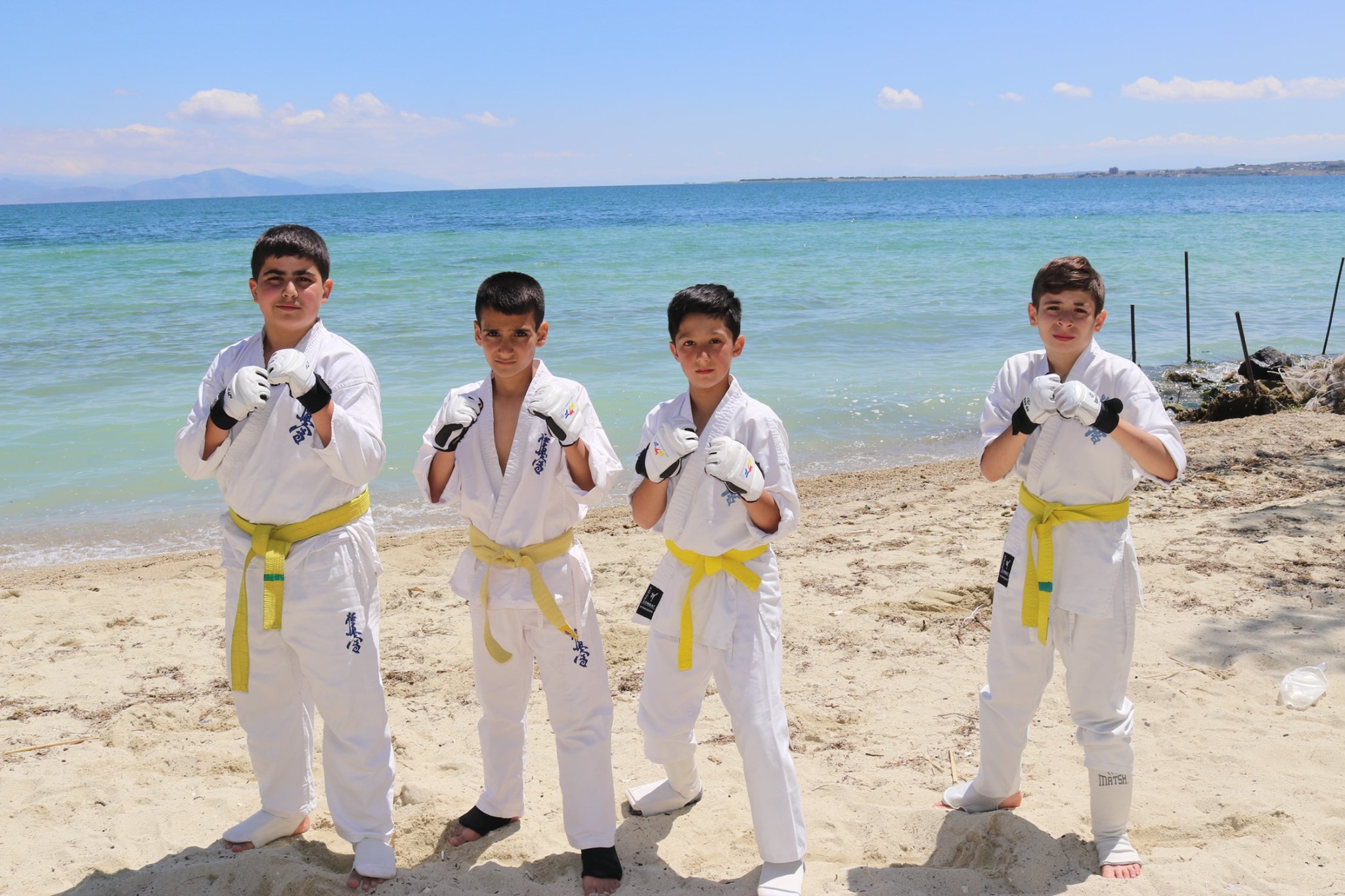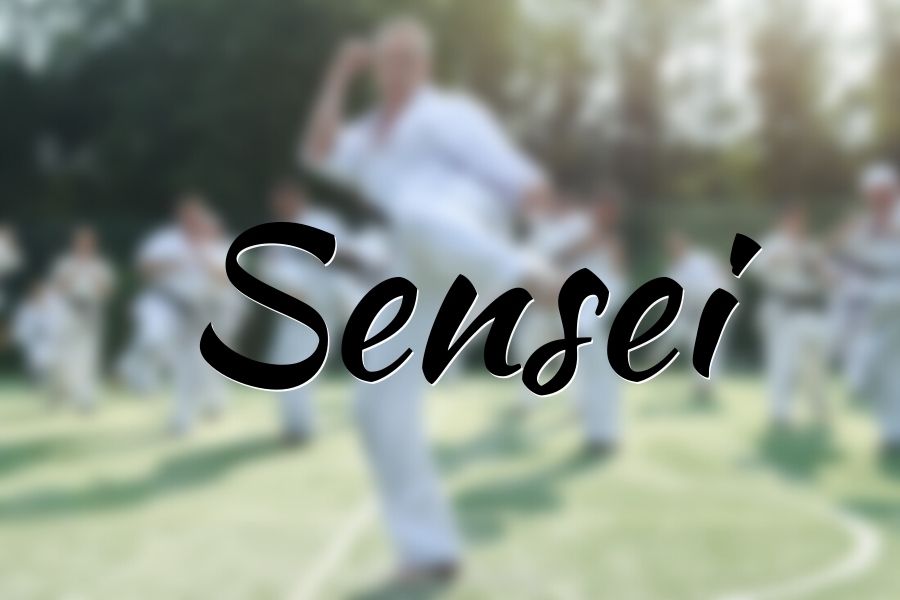In various martial arts, there are different names for the titles of some master ranks In the following text I am going to mention and explain some of the most popular ones.
One of the most common and famous words in martial arts that indicates a specific title is certainly the word Sensei.
The word for the title sensei is commonly translated as a teacher, although the word literally would have another meaning – a person who was born before, ie. a person who was spiritually born before others, or rather, a person who knows life (one who has gone before).
The Japanese word sensei is composed of two words; Sen – before and sei – life.
The word sensei is newer, and it began to be used in Japan at the beginning of 1960 (the word is generally known and accepted ), first, in martial arts (about 1945-1950 in Ju-Jutsu, judo, aikido, karate) and later in 1968 (first time included in the Japanese dictionary), the word began to be used as a term of respect, and then indicating the title for a variety of learned men. Thus, the name of sensei is now used as a title for teachers and doctors, pharmacists, lawyers, engineers, journalists, and many other learned and respected professions. The word, as well as the title – sensei, is often associated with Zen philosophy. In Zen Buddhism, it is assumed that a person who knows life and has a lot of life experience feels reborn.

The word sen-sei comes from the Indian word sen-an (sen ani), which was used as a name for the leader (the person who was acting as a leader or as a warrior leader) of the Indian caste of noblemen warriors – Kshatriyas.
Their main feature was the ability to lead, ie. to be the leader of other members of that noble warrior caste. They were expected to show great courage, stamina, sense of justice, generosity, good diplomacy, as well as a desire to protect the weaker, either of injustice or death. Persons who bore such a title had to be ready, if necessary, to sacrifice their lives in defense of their subordinates. They were expected to show exceptional loyalty to their subordinates, too.
The caste of Kshatriyas was slowly gone in the Middle Ages, and it was replaced by the Rajput caste. The Japanese name for the warrior Kshatriya caste was Setsuri, and acceptance of some of their principles in Japan later resulted in the phenomenon of the famous warriors – Samurai.
The word sen-an spread over India to China, and from China, it was gradually transferred to Korea and Japan. Also, the word gradually began to change (different pronunciation and titles), and as the word altered itself, so its meaning did the same.
The word sen-an in China gradually changed into the word senfan (sienfan), and also its meaning slowly changed, and from the title of the wartime leader, it became the title for a person who is skilled in martial arts and teaches others in one of them.
The meaning of the word would be, an old man who has great knowledge and experience in martial arts, and teaches us like a father.
In India, the spiritual leader, according to Sanskrit writings, is called – Guru (Goru), while in Japan the name of the spiritual leader (senior teacher of Zen Buddhism) is Roshi.
Also, the Japanese sometimes use the title Sosai, which is used as a name for the presidents of some large companies, ambassadors, and directors – generals of certain large organizations, and even of martial ones (for example – Sosai Oyama).
Read the full article HERE.



